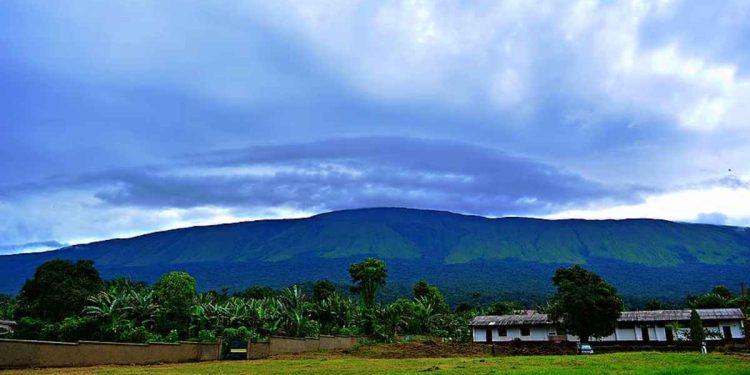Mount Cameroon is the highest point in Cameroon and lies near the border with Nigeria. It stands 4,040 meters above sea level and is part of an extinct volcano range. Mount Cameroon was formed by a volcanic eruption that spewed out lava more than 100 million years ago.
The people who live in Mount Cameroon are called Bamileke people. They are mostly farmers and herders who live in villages on the slopes of Mount Cameroon. The Bamileke people speak a language called Bambara, which means “person from Bamileke”.
Mount Cameroon was first explored by Europeans in 1898 when it was part of British West Africa. In 1900, explorer Henry Morton Stanley visited Mount Cameroon to find out more about the area’s inhabitants and their religion. He describes his experiences in his book Through the Dark Continent (1903).
Mount Cameroon hiking season is from October to July. The best time for hiking Mount Cameroon is from April to June. This is because the weather is cooler, and it will be easier to get around in the forest without getting too hot.
Mount Cameroon has two main seasons: the dry season, which lasts from May to October, and the rainy season, which lasts from November to March. During these months, it rains almost every day and there are usually thunderstorms as well.
Facts: There are altogether 14 mountains that are 8000 meter tall. Everest, Manaslu, Broad peak, Kangchenjunga are few of them. To train to climb them you can climb Mera Peak, Ojos del salado, Island peak and Aconcagua too.
The hike to its peak is fairly challenging, but you’ll be rewarded with some incredible views once you make it up the mountain. You can take a pony ride to the top or even hike most of the way up yourself!
The hike takes about 4 hours and involves climbing up and down several hills, so be prepared for this. Mount Cameroon national park is a UNESCO World Heritage Site located in the Cameroons. It was inscribed on the World Heritage List in 1968 and contains the Bantaba Dome, Mount Cameroon, and Mount Cameroon River National Park.







